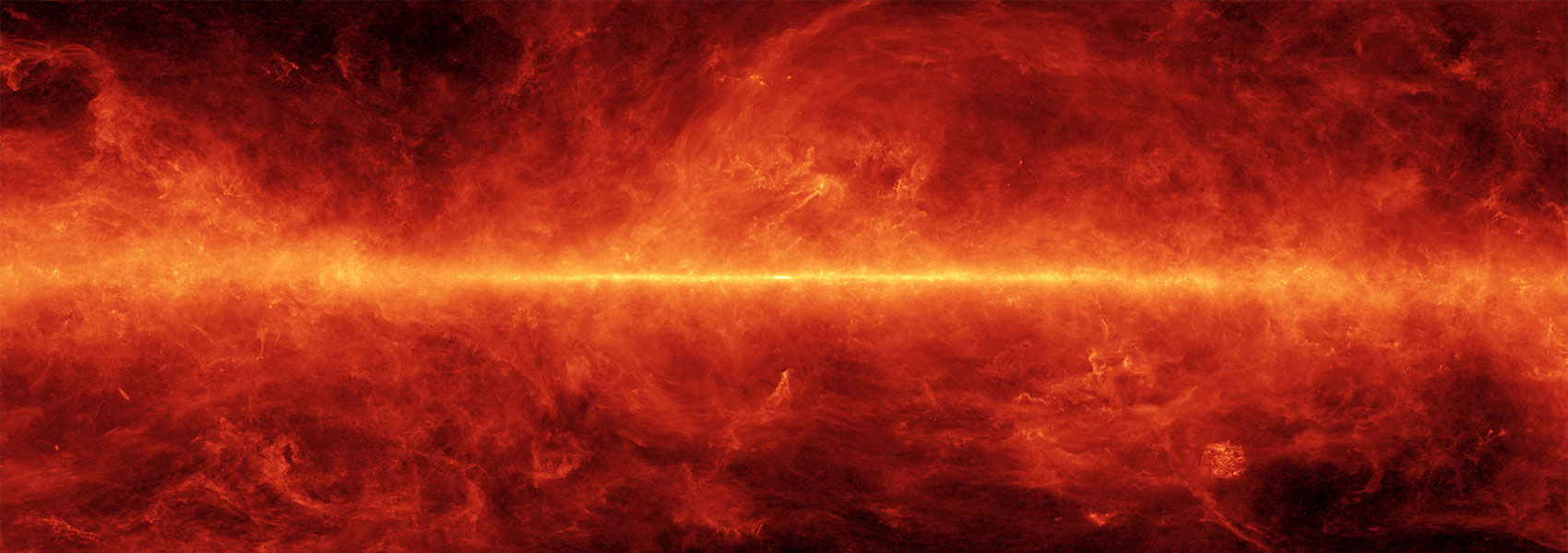January
2020
•
2020ApJ...888L..19M
Authors
•
Marocco, Federico
•
Kirkpatrick, J. Davy
•
Meisner, Aaron M.
•
Caselden, Dan
•
Eisenhardt, Peter R. M.
•
Cushing, Michael C.
•
Faherty, Jacqueline K.
•
Gelino, Christopher R.
•
Wright, Edward L.
Abstract
•
We present follow-up Spitzer observations at 3.6 μm (ch1) and 4.5 μm (ch2) of CWISEP J144606.62-231717.8, one of the coldest known brown dwarfs in the solar neighborhood. This object was found by mining the Wide-field Infrared Survey Explorer (WISE) and NEOWISE data via the CatWISE Preliminary Catalog by Meisner et al., where an initial Spitzer color of ch1-ch2 = 3.71 ± 0.44 mag was reported, implying it could be one of the reddest, and hence coldest, known brown dwarfs. Additional Spitzer data presented here allows us to revise its color to ch1-ch2 = 2.986 ± 0.048 mag, which makes CWISEP J144606.62-231717.8 the fifth reddest brown dwarf ever observed. A preliminary trigonometric parallax measurement, based on a combination of WISE and Spitzer astrometry, places this object at a distance of {10.1}-1.3+1.7 pc. Based on our improved Spitzer color and preliminary parallax, CWISEP J144606.62-231717.8 has a T eff in the 310-360 K range. Assuming an age of 0.5-13 Gyr, this corresponds to a mass between 2 and 20 M Jup.
Links


.png?1523393848)

